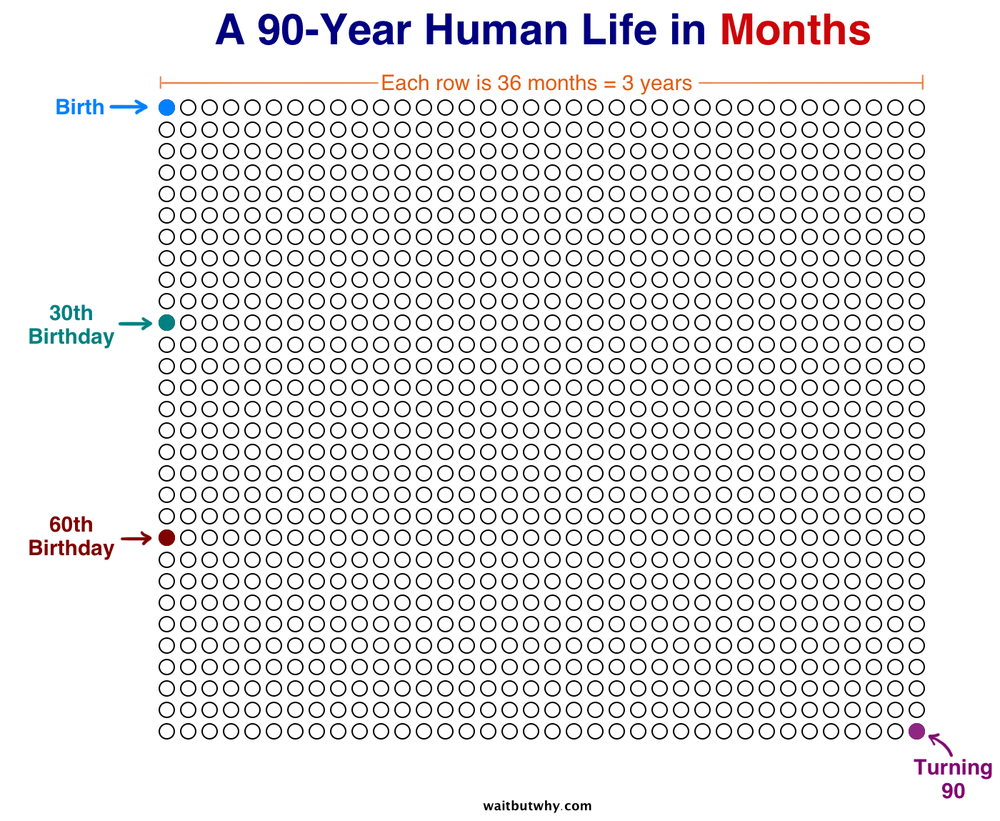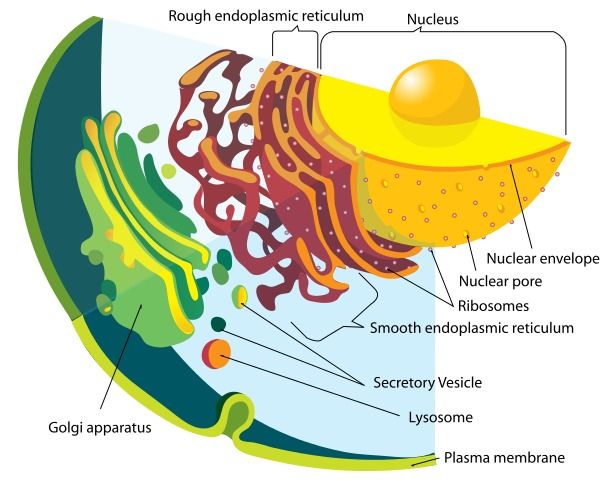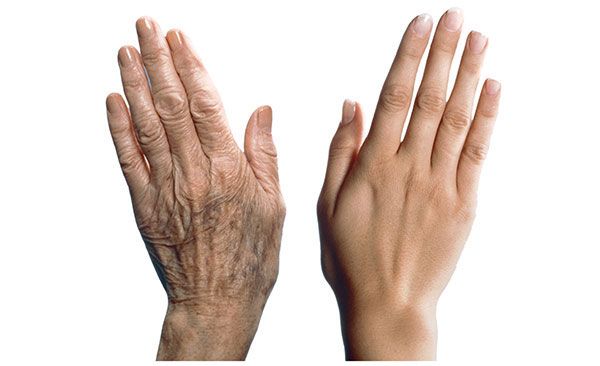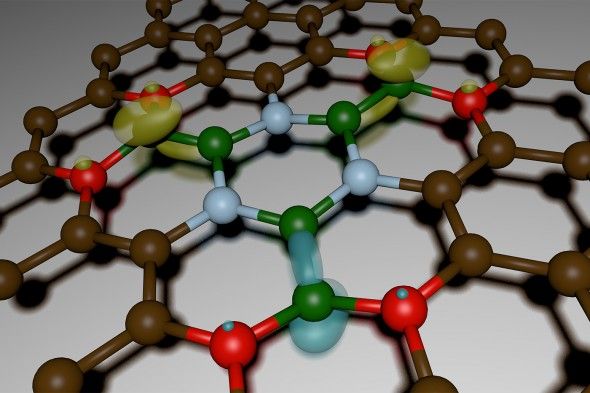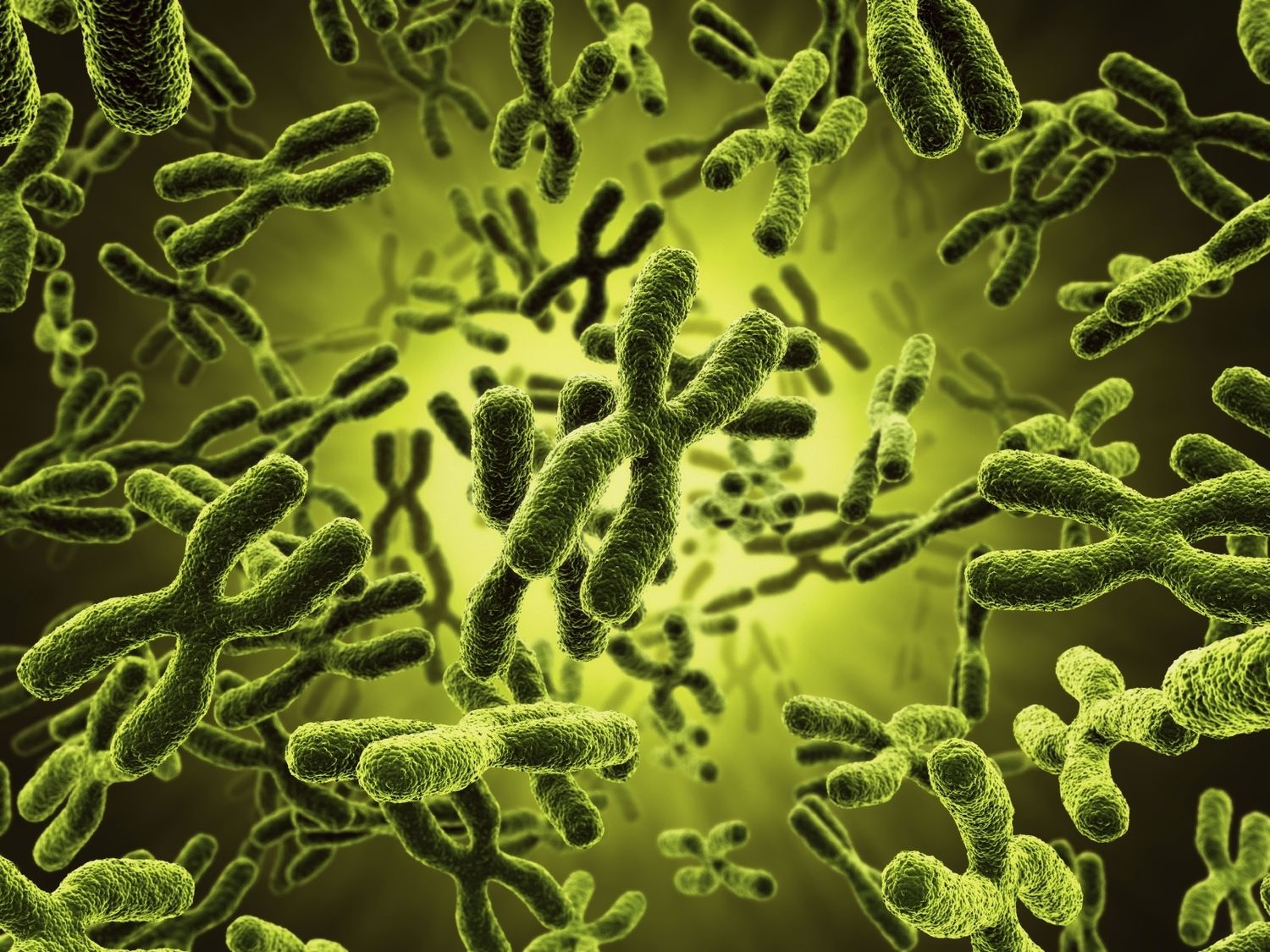My new Huff Post Op-Ed on the Immortality Bus and transhumanism: http://www.huffingtonpost.com/zoltan-istvan/why-a-presidential-candidate-is-driving-a-giant-coffin-called-the-immortality-bus-_b_7928826.html And if you haven’t donated something to the Indiegogo campaign for the bus, please consider doing so, as there’s only four days left and we’re currently short $9000. Anyone from any country can donate. Please also share the campaign. Thanks! https://www.indiegogo.com/projects/immortality-bus-with-presidential-candidate-zoltan/x/6837406#/story
On my tour called the “Immortality Bus,” I’m hoping to share with others that we should support a society and culture that is strongly pro-science and pro-longevity. My team and I plan to have embedded journalists aboard the bus, documenting our trip and enlivening the conversation.
Unfortunately, many people in America and around the world — especially those who believe in afterlives — are neutral or even oppose stopping biological death and aging with science. They feel it challenges what is natural in the human species. Transhumanists call these people “deathists,” those who believe and accept that death is a desirable fate.

